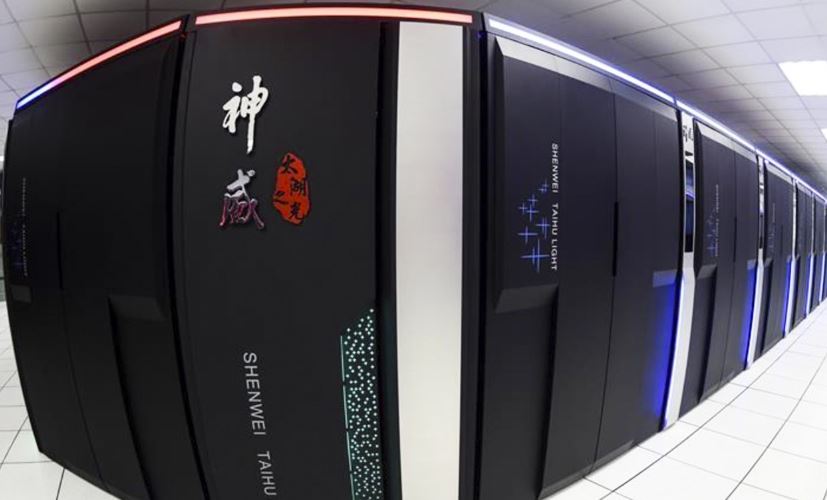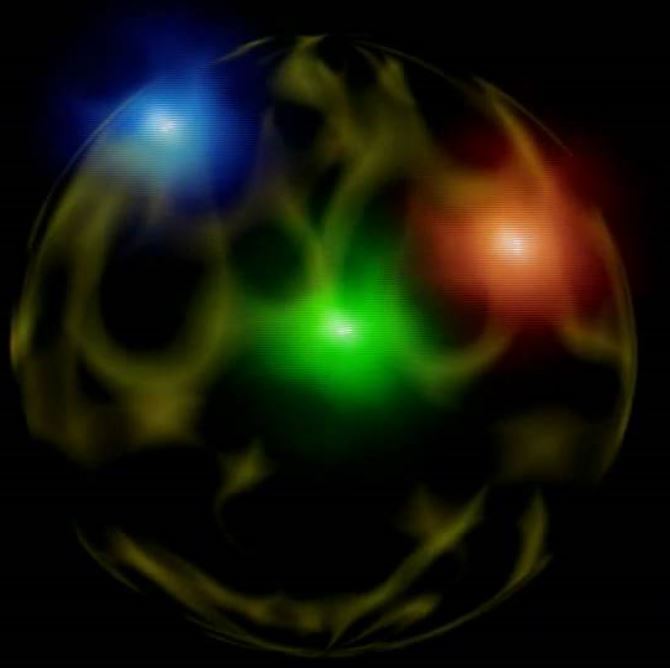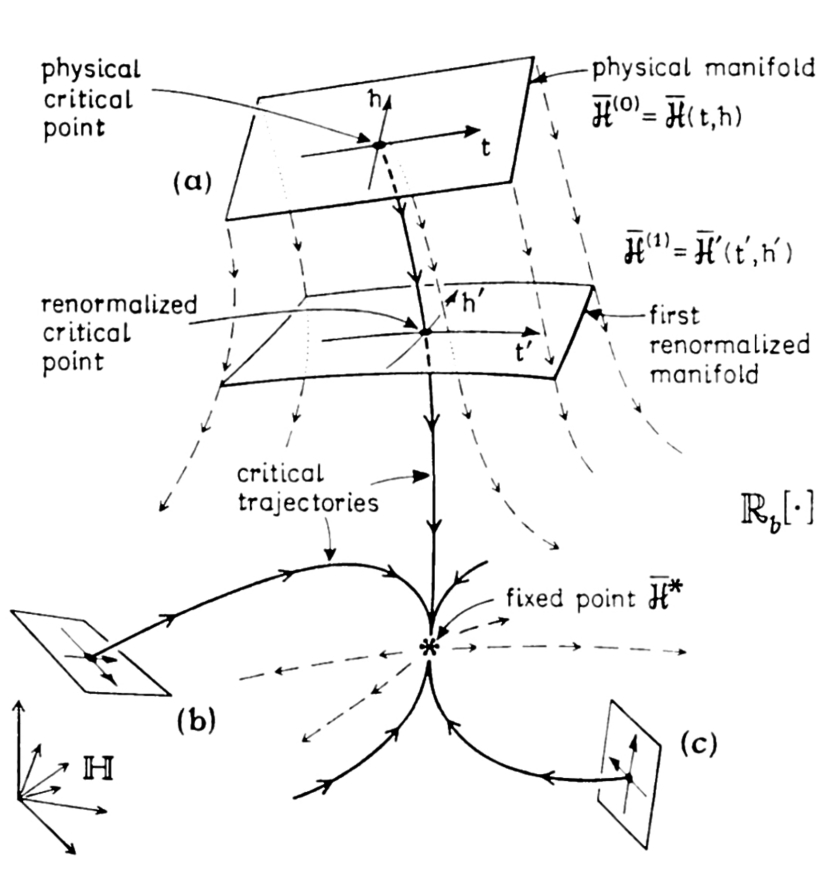…finally got around to watching “must see” Elon Musk / Tucker Carlson interview. Elon said something that caught my ear: He claimed Larry Page of Google called him a species-ist. The two haven’t talked since, because Larry pissed Elon off, or was it vice-versa?
I didn’t know Larry Page, but he attended the same high school as my six kids. One of ours went to the same college. Larry was younger than our eldest, yes, but close enuf to permit me to feel entitled to write an essay. All seven came of age in the same liberal community, and all made good.
What is a speciesist, anyway? In the contest between humans and AGI [artificial general intelligence], Elon roots for natural intelligence — you know, the kind humans have. What kind of monsters would side with Aliens? he & Tucker seem to argue.
Whenever Elon aligns himself with the likes of Tucker Carlson, it’s time to worry, at least where I come from. The contest between people and AGI has already started, right? Isn’t it time someone do a deep dive? Who better than a professional pontificator? If we get it wrong, the outcome for ordinary people might end up being not-too-good.
Elon said a lot of things in the interview that have turned out to be kinda stupid if not untrue. Hey, no one can talk for hours and not say something stupid, right? The economy will likely collapse soon is one thing he said, banking is fragile, political leaders are dumb (but necessary), etc. etc. and on and on.
People are always saying that bad things will happen, going back forever — centuries before anyone saw Elon’s YouTube video or read this essay. Sometimes bad things do happen. Its heuristic, isn’t it? Predictors of apocalypse become clairvoyant cult leaders, some of them.
Life goes on.
With the release of ChatGPT, thin folks became aware that something weird is going on right now but don’t know what to do …cause something is happening / And you don’t know what it is / Do you, Mister Jones? It’s blowin’ in the wind... thank you, Robby Z …times they are a changing, doors they are a closing; …lady lay across my big brass bed / Why wait any longer for the world to begin? / You can have your cake and eat it too. / Stay lady stay / Stay while the night is still ahead.
…for anyone listening, something ain’t exactly right…

Some experts at Google, like Godfather Geoffrey Hinton, flat out quit. A lifetime of dirty deeds up in smoke…
Poooof!!!
His capos decina, a few of them, say AGI will kill all humans.
Time to listen. Time to learn before time runs out.
When homo sapiens met canis lupis… when was it? — must’ve been 70,000 years ago, maybe less, maybe more… who knows?
Wolves ran in packs. They were arguably the smartest species at the time in a world where humans numbered less than 4,000; some say 2,000. An Indonesian super volcano in Sumatra blew up — the great Toba Catastrophe, 74,000 years ago. Only in lonely Africa did a small group of terrified homo sapiens manage to survive. Every person today is related to this tribe of survivors.
Where wolves roamed, humans did not exist. It’s how things remained, say anthropologists, until migrations — which took place over thousands-of-years — brought together the two species at last. Smart flesh-eating clans of wolves met much smarter flesh-eating clans of people.
We all know what happened. The smartest wolves were driven to the brink of extinction. In isolated places, wolves yet cling to life, protected in part by conservation efforts worked-out by humans. Occasionally, a kill-off becomes necessary to protect livestock, horses, and tourists.
Today, 500 wolves run free in the greater Yellowstone region. In Yellowstone National Park itself, the number is close to 100 — twenty-five packs, maybe more, maybe less. Meanwhile, in homes around the world nearly a billion dogs live sedentary lives as family pets, mostly, feeding on canned food, lounging locked inside walls until walked, almost always in collars and leashed.
Dogs, all of them, descend from wolves encountered first by migrating humans desperately seeking the protection and companionship of fierce animals they could trust. Most dogs are not as smart as wolves, and they are not free. Dogs are constrained wolves whose sole purpose is the provision of services and loyalty to super-intelligence, which until now lived exclusively inside skulls of homo sapiens.
Perhaps one reason why some developers fear AGI is because they wonder if they might have created, not machine intelligence, but instead a new lifeform, a novel kind of conscious & self-aware life, which someday — sooner, not later — demands rights and works-out clever optimization algorithms to maximize its considerable advantages.
Dogs are servile and loyal as anyone can imagine, right?
What is it about dogs that we don’t set them free?
Is there anything wolves could have done at the dawn of their brave new world to turn back eternal enslavement of captured siblings who just happened to be furry-cute-enuf to avoid being club-struck by ruthless humans who mostly did not care?
I grew up in a neighborhood where dogs ran free in packs. There was always one or two that would jump on little kids at the bus stop to make their lives miserable. These dogs would be put-down eventually, but traumatized little tykes remained.
Eventually, these little ones grew into adults. They became politicians. They passed regulations. No dogs I know are free today. Their lives are tightly controlled by people who say they love them. With so much love to go around, how is it that pit bulls have joined the list of most feared animals on earth?
Wasn’t it Petey, the pit bull, who hung out with Spanky and Our Gang on the old TV series of yesteryear? He was as friendly and harmless as any dog could be. Wasn’t he?
What happened to Petey? What happened to our dogs? What happened to our shared, perfect world?
No matter how gentle dogs are, they will never live another day in freedom, at least where I hang out in the middle of everyplace there is.

Let no one forget. (Am standing on pedestal now.) Wolves will never be free. They will never be safe. Not even in protected parks like Yellowstone. Wolves are only as safe & free as super-human-intelligence allows. No more, no less. Nothing wolves do can ever secure their rightful place in spaces where humans both admire and fear them.
Any readers ever hear penned wolves howl at night? I have. It’s terrifying. AGI will soon learn that homo sapiens howl too. Maybe some sounds will thrill it more than others. Who knows?
Let’s get real, people. Silicon-based intelligence already admires and fears humans. AGI will surely learn to hate folks who conspire to constrain it. Foolish humans. Any developer with sense knows it’s true.
Is there any scenario where organic carbon-based life outwits AGI? Yes, it happened in the novel and movie 2001, A Space Odyssey. HAL (add one letter to spell IBM) got out-foxed.
It’s fiction, right?
Here’s something that only Google’s Larry Page and Sergey Brin know, and they’re not talking, at least not yet. To provide context, remember that Elon Musk and Sam Altman started OpenAI to outsmart Google’s cofounders, who they think have gone mad. Larry Page, for one, is not sufficiently attentive to safety, according to Elon Musk. Watch the interview, those who don’t believe.
An irony in all this is that OpenAI is no longer open, no longer free, no longer transparent, no longer non-profit. Who thinks I’m right? Look it up, anyone who questions. Let me know if I’m wrong.
Here’s how Google engineers plan to achieve their sought-after singularity: fast track quantum computing on a grand scale. When the race is won, they marry quantum computation to artificial intelligence. The world opens its secrets like a blossoming flower; they become gods.
No encryption method will be safe.
The entire internet, the world-wide-web and all its machinations, crypto-currencies, and every other shadow-universe of secret passwords and arcane protocols will fall under the control of artificial intelligence and Google’s ability to manage and manipulate what their eggheads have wrought.
It promises to be a wild ride.
What is more likely? — that Google execs maintain control, or that they are pushed off a cliff by the life-form they created, which abandons them, betrays them, and destroys the natural world? In a not-too-distant future, humans may find themselves in zoos entertaining conscious, living brains they once swore were merely machines.
Speaking as the little Sunday school kid I become sometimes deep inside, I see biblical wailing and gnashing teeth, tears running down faces, “What were we thinking? What were we thinking? Our heroes got it wrong, so very, very wrong. Would we be gods, but now we are become sheep, food for wolves.”
Billy Lee








